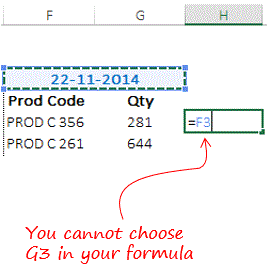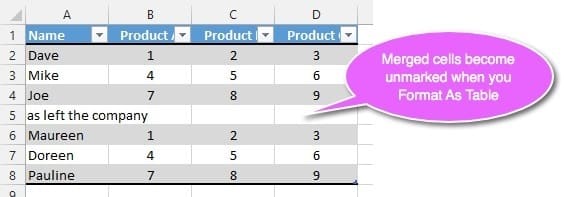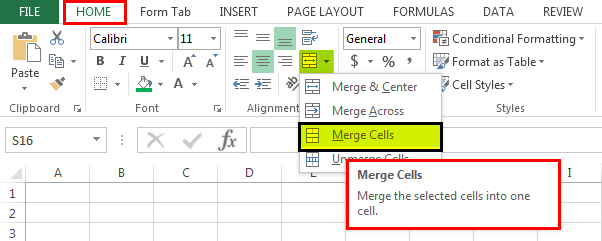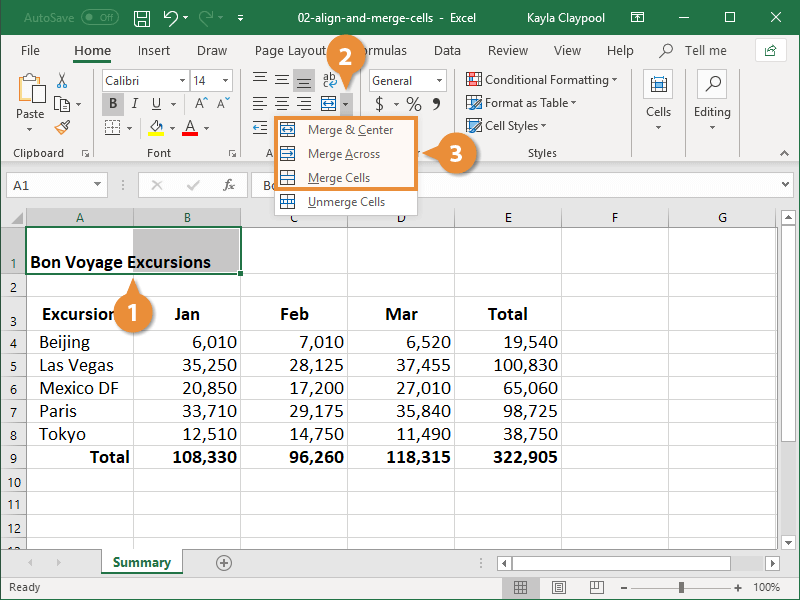
In step 6, replace 2 with 3, so the completed formula looks like this: Return to step 3, but this time start writing the same formula in the first cell beneath Region. Notice that Excel filled the cells down in that column, using the VLOOKUP formula. The Orange part means "look in all the cells in the Orange table." The 2 means "get the value from the second column," and the 0 means "return the value only if there's an exact match." Press Enter, and the completed formula looks like this: Type another comma, 2, another comma, and 0-like this: ,2,0


Type a comma, and select the entire Orange table with your mouse so that "Orange" is added to the formula. The ID]] part means "get the value in this same row from the Order ID column." The partially completed formula looks like this: In the Blue table, pick the first cell in the Order ID column, 20050. In the Blue table, in the first cell beneath Sales ID, start writing this formula: Now, the Blue table is five columns wide, including the new Sales ID and Region columns. Paste the headings into the cell, to the right of the Product ID heading of the Blue table.

To do this, let's paste the table headings Sales ID and Region into the cells to the right of the Blue table, and use VLOOKUP formulas to get the correct values from the Sales ID and Region columns of the Orange table.Ĭopy the headings Sales ID and Region in the Orange table (only those two cells). We need to ensure that the Sales ID and Region values for each order align correctly with each unique order line item. After you paste it into the worksheet, press Ctrl+T to convert it into a table, and then rename the table Orange. After you paste it into the worksheet, press Ctrl+T to convert it into a table, and then rename the Excel table Blue. Here's the data for the Blue table, which you can copy into a blank worksheet. If we were to simply copy-and-paste the data from the Orange table, the Sales ID and Region values for the second line item of order 20050 would be off by one row, which would change the values in the new columns in the Blue table. Order ID values repeat in the Blue table, but Order ID values in the Orange table are unique. We want to merge the Sales ID and Region columns with the Blue table, based on matching values in the Order ID columns of the Orange table.

So, Order ID 20050 has two items, Order ID 20051 has one item, Order ID 20052 has three items, and so on. In the example shown below, you'll see two tables that previously had other names to new names: "Blue" and "Orange." In the Blue table, each row is a line item for an order. Merge two tables using the VLOOKUP function By using VLOOKUP, you can avoid some of the alignment problems. Merging rows is actually quite simple, but merging columns can be tricky if the rows of one table don't correspond with the rows in the other table. In this case also, the table will increase to accommodate the new columns. If the rows in both tables match up, you can merge the columns of one table with another-by pasting them in the first empty cells to the right of the table. The table will increase in size to include the new rows. You can merge (combine) rows from one table into another simply by pasting the data in the first empty cells below the target table. Excel for Microsoft 365 Excel 2021 Excel 2019 Excel 2016 Excel 2013 More.


 0 kommentar(er)
0 kommentar(er)
